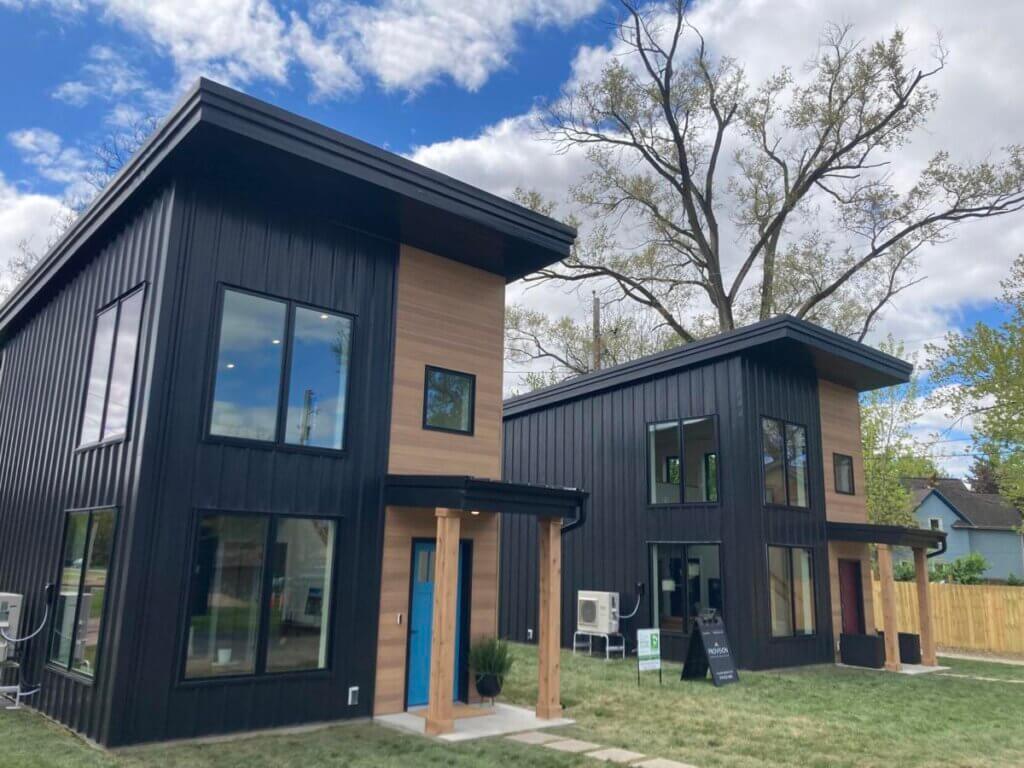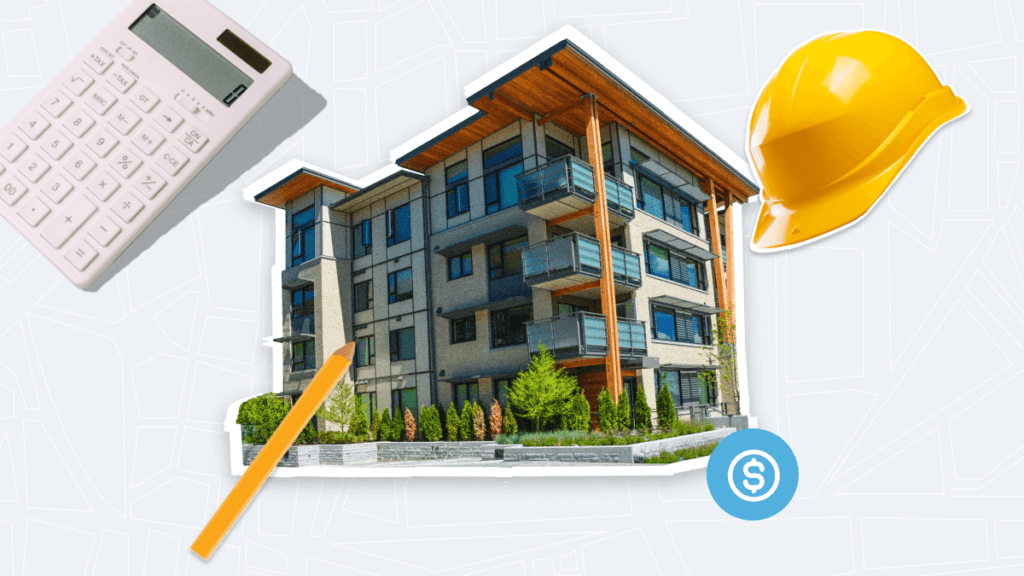Housing Development Dashboard
Published On May 30, 2016
Update December 2022: please see the Terner Center & Labs’ updated approach to policy simulation modeling using the new Terner Housing Policy Dashboard on our website here.
The Housing Development Dashboard is an interactive platform that allows policymakers, developers, and members of the public to quickly and easily understand the interaction of land use measures and market conditions on housing production. The Dashboard currently focuses on policies with an especially high impact on housing production, such as impact fees, density, parking requirements, permitting time, ground floor retail, inclusionary zoning, specific plan areas and discretionary approvals (such as conditional use and planned unit development permits). Within the Dashboard, we’ve launched two separate calculators that allows users to assess the impact of these policies at different scales: one at the project level and the other at the city level.
The Development Calculator allows users to estimate the probability that a given development project will be built, given a particular set of policies and economic conditions. For example, if a proposed policy increases the density requirements in a jurisdiction, holding all other factors constant, how will this change affect the likelihood that a planned multifamily project will be developed?
Second, the Policy Gauge assesses the cumulative impact that a policy change might have on housing production across an entire jurisdiction. The Policy Gauge includes parcel level data on zoning, densities, and site conditions onto which market data such as rents and costs are overlaid with other local policies. For example, if a city wants to pass legislation allowing for a reduced parking ratio for developments near transit, how might this increase or decrease the overall supply of housing? Right now, the Policy Gauge has been developed for four (very different) Bay Area cities: San Francisco, Oakland, Pleasanton, and Menlo Park, but we hope to expand to other cities soon!





